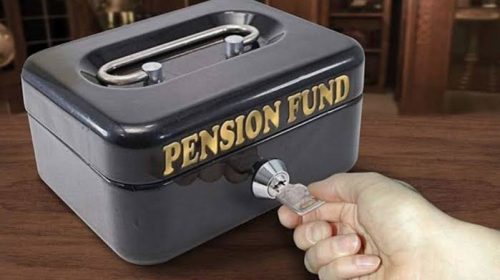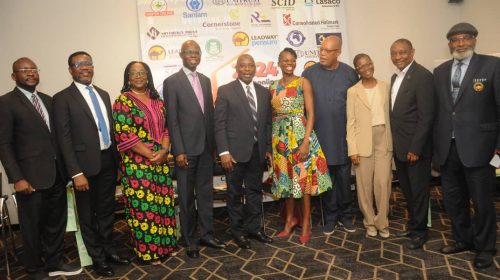10.8% Of Nigeria’s Total Working Population Are Registered Under The National Pension Scheme – NBS
The retirement savings account (RSA) membership distribution data for Q4 2016 reflected that 7,348,028 workers are registered under the pension scheme out of a total working population of 69,470,091 as at Q4 2016. This represents 10.8% of the total working population.
This is not surprising given the largely informal structure of the Nigerian labor force with about 50% of the current workforce engaged in subsistence agriculture and informal trading. Micro businesses for example account for over 90% of total Micro, Small and Medium Scale Enterprises in Nigeria.
Further disaggregation of RSA membership reveal that of a total male working population of 36,363,042 only 14.37% or 5,226,897 male workers are registered under the scheme. Similarly, only 2,121,131 or 6.41% out of a total female working population of 33,107,859 are registered under the scheme.
Accordingly, out of the 7,348,028 RSA members, 71.13% were men and only 28.87% were women. This can be compared with the gender split of the working population which has 52.3% men and 47.7% women.
As should be expected, RSA membership is dominated by the Private sector. The federal level, had 1,866,850 registered RSA members under the national pension scheme as at Q4 2016 of which 1,363,266 (or 73.0%) were male and 503,584 (or 27%) are female. This may indicate that there are a lot more male employees in the Federal public service than female.
At the State (including local government) level, 1,508,471 State public workers are registered under the national pension scheme with 849,493 (or 56.3% male and 658,978 (or 43.7%) female. This may indicate that the Federal Public Service is larger than that of all 36 States combined and similar to the Federal service, men dominate with respect to number of employees.
Private firms had 3,972,707 registered RSA members under the pension scheme as of Q4 2016 of which 3,014,138 o or 75.9% were male and 958,569 or 24.1% female.
Among the three classes of workers registered under the scheme, private firms’ working population dominated the membership distribution and closely followed by the federal and state working population.
The highest number of registered working population came from the age bracket of 30-39yrs and closely followed by the working population within the age bracket of 40-49yrs and 50-59yrs. This is expected considering ages 25-44 account for about 55% of the total working population
However, the least number of registered working population came from above 65yrs and 60-65yrs age bracket.





Leave a Reply